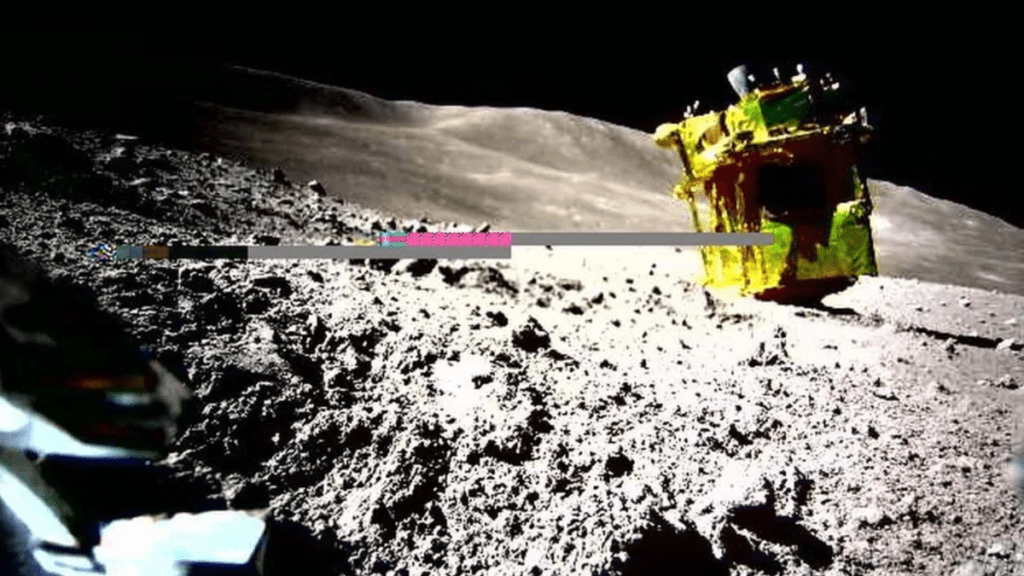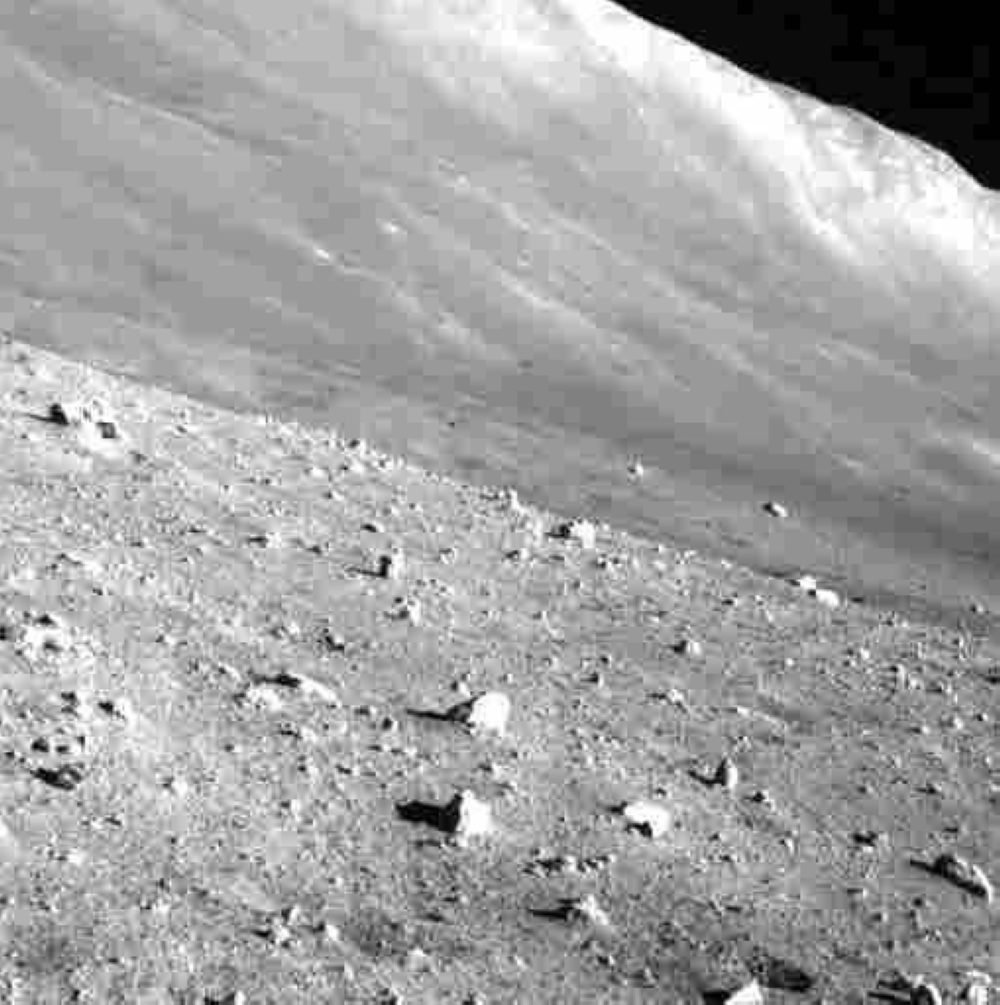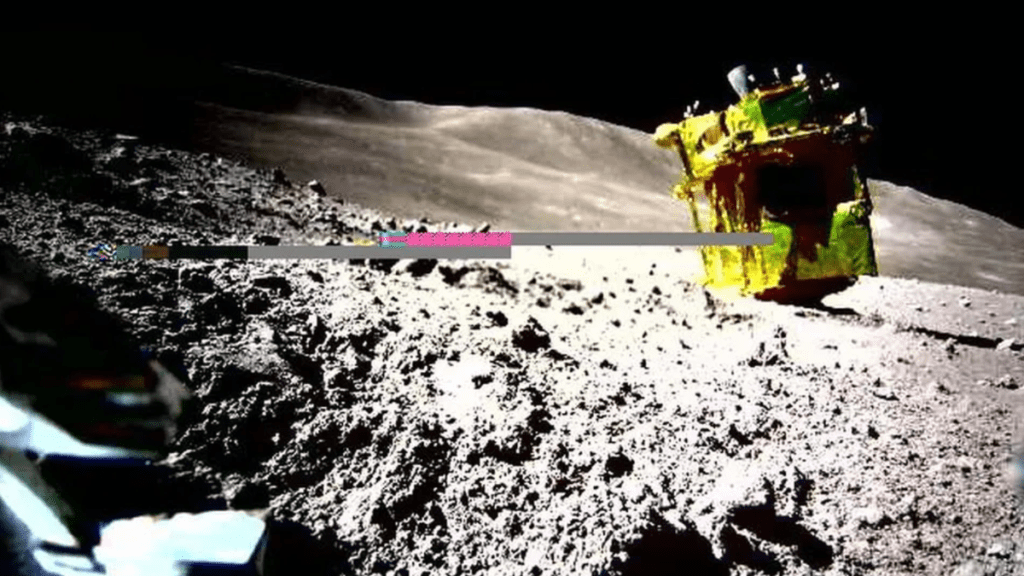Although it didn’t make a perfect landing, the lunar module SLIM survived for two lunar nights, equivalent to 28 terrestrial days.
The launch of SLIM and XRISMClick here
Source: Phys.org
The unmanned Smart Lander for Investigating Moon (SLIM) probe touched down in January, making Japan only the fifth nation to reach the lunar surface without crashing.
But the lightweight spacecraft landed at a wonky angle that left its solar panels facing the wrong way.
The Japan Aerospace Exploration Agency announced the probe’s latest surprise awakening in a post on X, formerly Twitter.
“We received a response from SLIM last night and confirmed that SLIM had successfully completed its second overnight,” it said.
A black-and-white photo of the rocky surface of a crater accompanied the post on SLIM’s official account.

“Since the sun was still high in the sky… and the equipment was still hot, we recorded images of the usual scenery with the navigational camera, among other activities, for a short period of time,” said the official X account.
The Indian lander Chandrayaan-3 stopped working after the landing and the American lander Odysseus, from private company Intuitive Machines, landed, fell sideways, and stopped working after one week.
JAXA has dubbed SLIM the “Moon Sniper” for its precision landing technology.
The aim of its mission was to examine a part of the moon’s mantle—the usually deep inner layer beneath its crust—believed to be accessible at the crater where it landed.
About three hours after its nail-biting touchdown on January 20, JAXA switched the lander off remotely to save power, having received technical and image data from its descent.
As the sun’s angle shifted, the probe came back to life in late January for two days and carried out scientific observations of a crater with a high-spec camera.

JAXA says the spacecraft was “not designed for the harsh lunar nights”, when the temperature plunges below minus 130 degrees Celsius (-200 degrees Fahrenheit).



